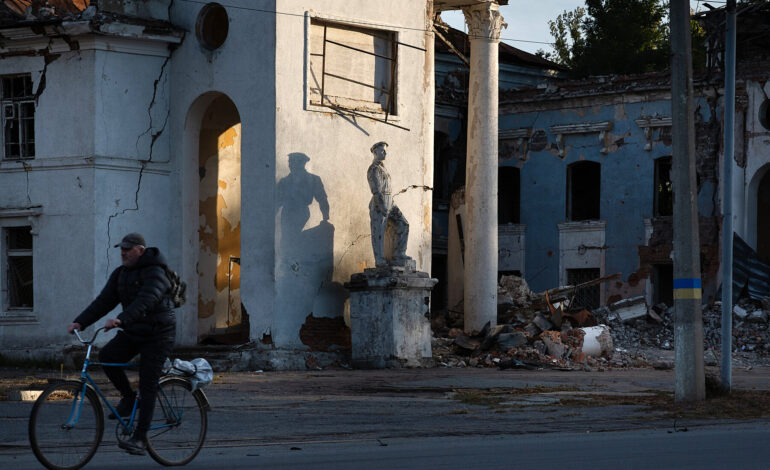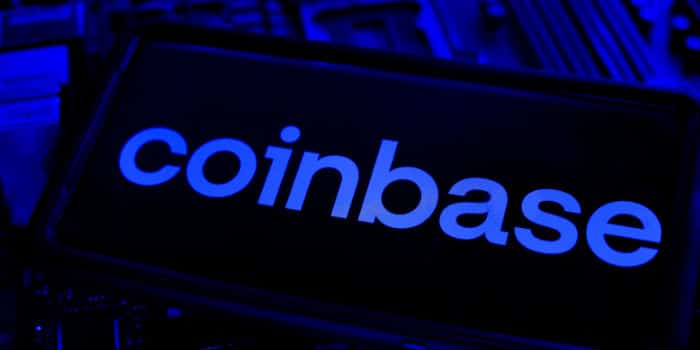EU Aims to Convert Frozen Russian Assets into Loan for Ukraine

European Union officials are moving towards a significant political agreement that could materialize as early as October 5, 2023. This plan aims to facilitate a substantial loan for Ukraine by leveraging approximately €300 billion in Russian assets currently frozen in a Belgian financial institution.
The initiative stems from the ongoing need to support Ukraine amid the challenges posed by the conflict with Russia. By utilizing these frozen assets, the EU seeks to provide a financial lifeline to the Ukrainian government while simultaneously addressing the geopolitical implications of Russian state finances.
Details of the Proposed Loan Scheme
The proposed loan would be structured to ensure that Ukraine receives the necessary funds to bolster its economy and support its defense efforts. European Commission President Ursula von der Leyen has emphasized the importance of this financial support, stating that it represents a critical step in Europe’s commitment to Ukraine during this challenging period.
EU officials are currently in discussions with member states and the European Parliament to finalize the details of the loan. The plan involves complex legal frameworks to ensure that the frozen assets can be legally utilized for this purpose. The funds would be made available to Ukraine under stringent conditions, aimed at ensuring accountability and effective use of the resources.
Global Implications and Challenges
The decision to convert frozen Russian assets into cash for Ukraine could have far-reaching implications for international relations and financial systems. It raises questions about the precedent it may set regarding the treatment of state assets under sanctions. Additionally, EU officials are mindful of the potential backlash from Russia, which has been vocal about its opposition to Western sanctions and financial measures.
While this plan represents a proactive approach to support Ukraine, it is not without challenges. Legal experts and financial authorities are scrutinizing the feasibility of accessing these funds without violating international laws. The EU must navigate these complexities carefully to ensure that the initiative does not lead to further geopolitical tensions.
In conclusion, the European Union is poised to take a decisive step in its support for Ukraine by attempting to unlock frozen Russian assets for financial aid. As discussions progress, the outcome of this initiative could significantly impact the ongoing conflict and the broader geopolitical landscape in Europe.






